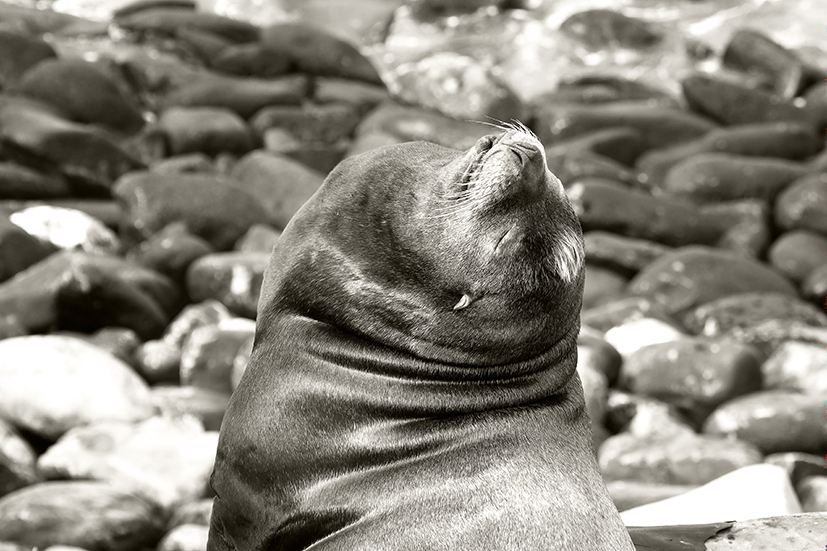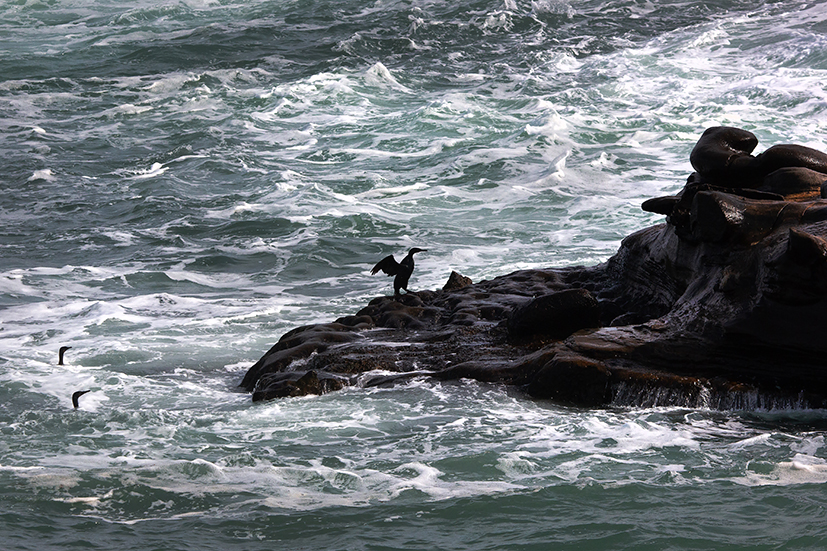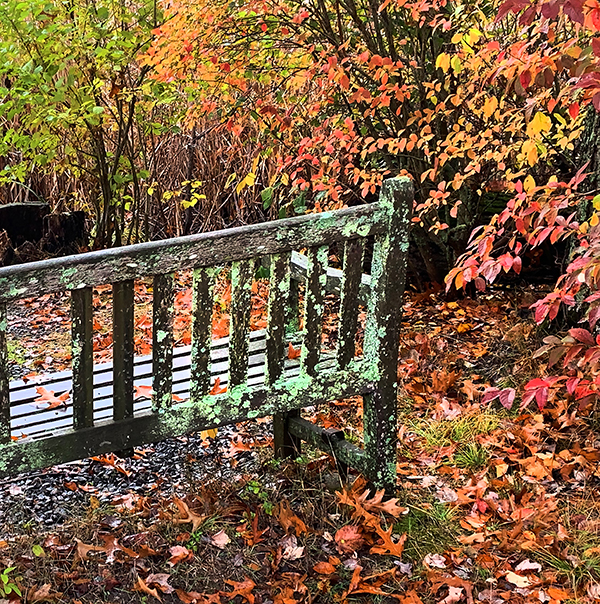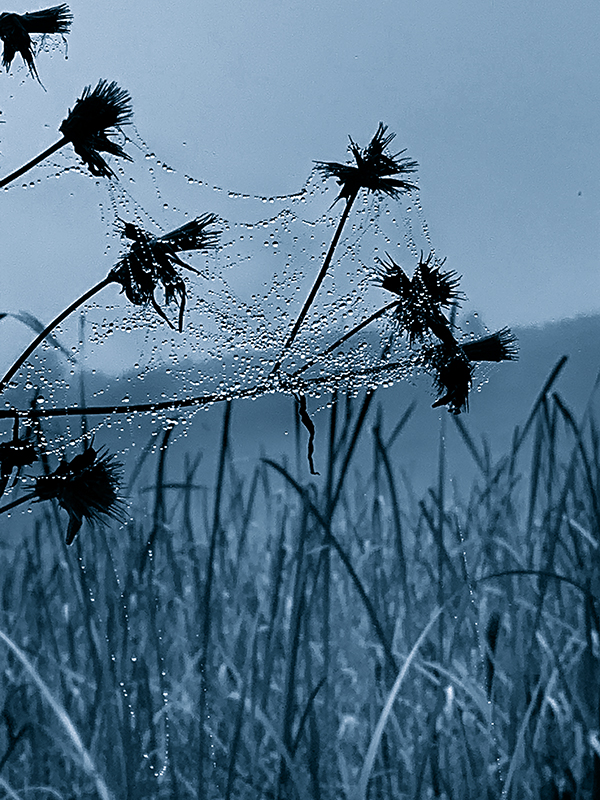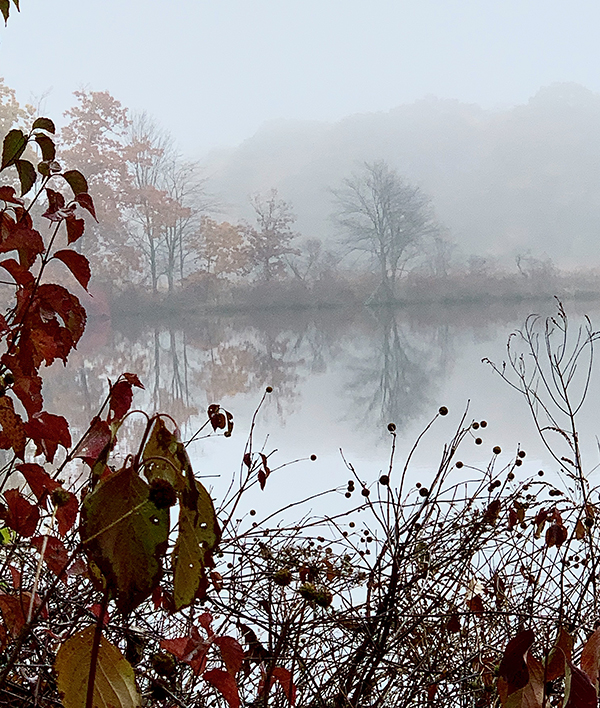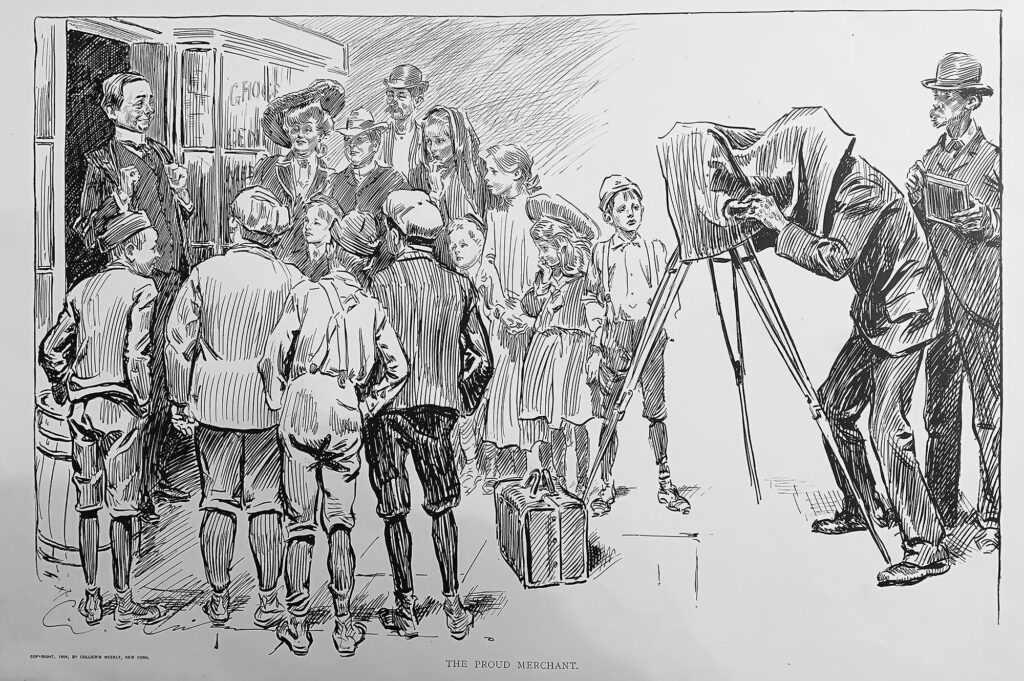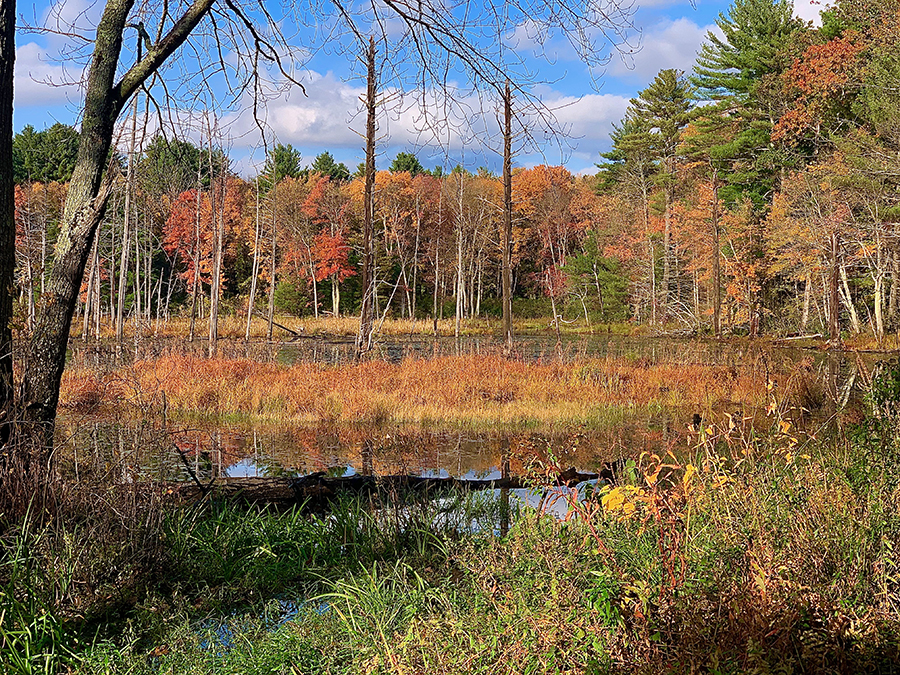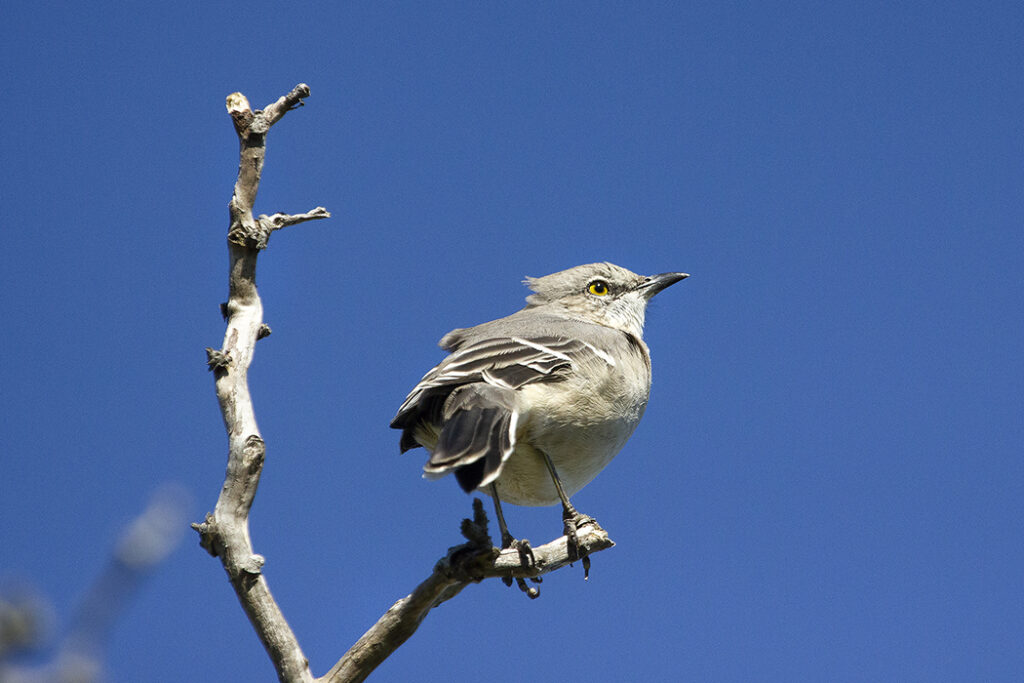The Alpha, the head of the pack, the top dog- there’s always one. Figure 1 shows the alpha sea lion on his throne proudly soaking in the rays of a chilly but bright January Day. He seems oblivious to the squeals of his subjects around him. On our first visit to La Jolla cove, I was amazed at how close the tourists got to these behemoths in order to take selfies. The king was largely tolerant, only offering the occasional scolding bark – better by a long shot to taking a bite out of said stupid human’s rear end. Ten feet seemed to be the tolerable limit.
Behemoth is an interesting word . The biblical beast appears in the Book of Job. it is a primeval chaos-monster created by God at the time of creation. He is paired with the other chaos-monster, Leviathan. These two beasts will , we are told, become food for the righteous at the end-time.
Job 40
15 Behold, Behemoth, which I made as I made you; he eats grass like an ox.
16 Behold, his strength in his loins, and his power in the muscles of his belly.
17 He makes his tail stiff like a cedar; the sinews of his thighs are knit together.
18 His bones are tubes of bronze, his limbs like bars of iron.
19 He is the first of the works of God; let him who made him bring near his sword!
20 For the mountains yield food for him where all the wild beasts play.
21 Under the lotus plants, he lies, in the shelter of the reeds and in the marsh.
22 For his shade, the lotus trees cover him; the willows of the brook surround him.
23 Behold, if the river is turbulent, he is not frightened; he is confident though Jordan rushes against his mouth.
24 Can one take him by his eyes, or pierce his nose with a snare?

